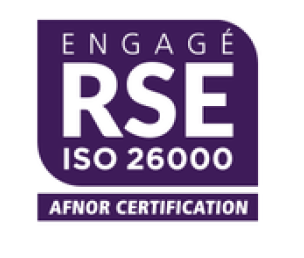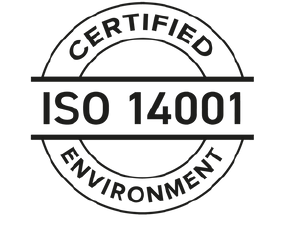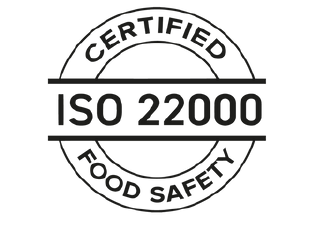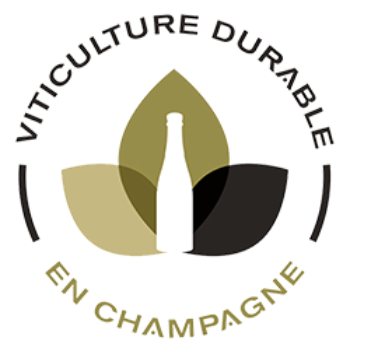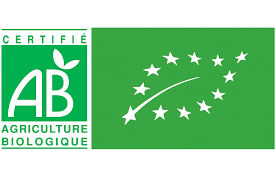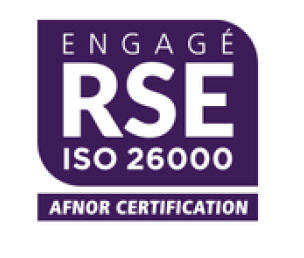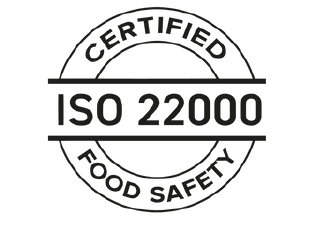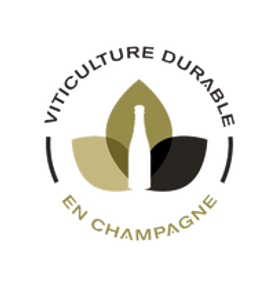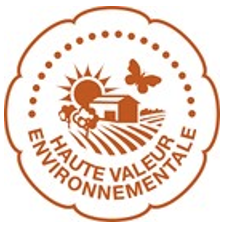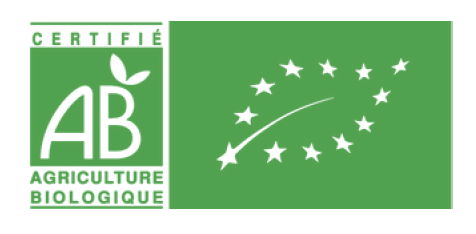UNE MICRO-CUVERIE PARCELLAIRE INÉDITE Après plusieurs années de réflexions et plus d’un an de travaux, nous sommes heureux de vous présenter notre nouvelle micro-cuverie parcellaire et son chai à barriques : Un écrin sur mesure, façonné avec des chênes centenaires de la forêt de Vincelles réalisé en collaboration avec la Tonnellerie de Champagne, pour sublimer l’identité de notre coopérative Une nouvelle micro-cuverie parcellaire Sur la partie droite de la cour, dans notre ancien hall d’accueil, nous avons installé une micro cuverie parcellaire avec son chai à barriques et sa micro-cuverie inox. Notre nouveau chai à barriques Nous voulions intégrer des élevages boisés dans certains de nos vins, avec beaucoup de subtilité. Mais nous avons souhaité le faire à notre manière : avec sens, cohérence et respect de notre identité. C’est ainsi qu’est née une belle collaboration avec la Tonnellerie de Champagne. L’objectif était de concevoir des tonneaux, demimuids et foudres uniques avec uneréelle empreinte et un réel hommage à notre terroir. C’est pourquoi, en 2022, une quinzaine de chênes centenaires ont été prélevés dans la forêt de Vincelles pour réaliser notre futur chai à barriques. Tous les fûts réalisés à partir de ces chênes, sont reconnaissables grâce à un logo spécifique imaginé pour cette occasion. Ce logo représente nos racines, le terroir de Vincelles, d’où s’élèvent deux branches. L’une est celle de la vigne, fondement de notre savoir-faire, et l’autre celle d’un chêne, en référence à notre chai à barriques.











